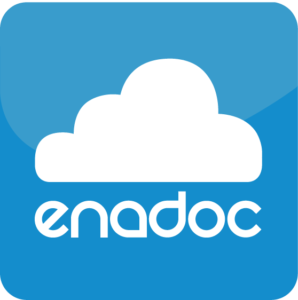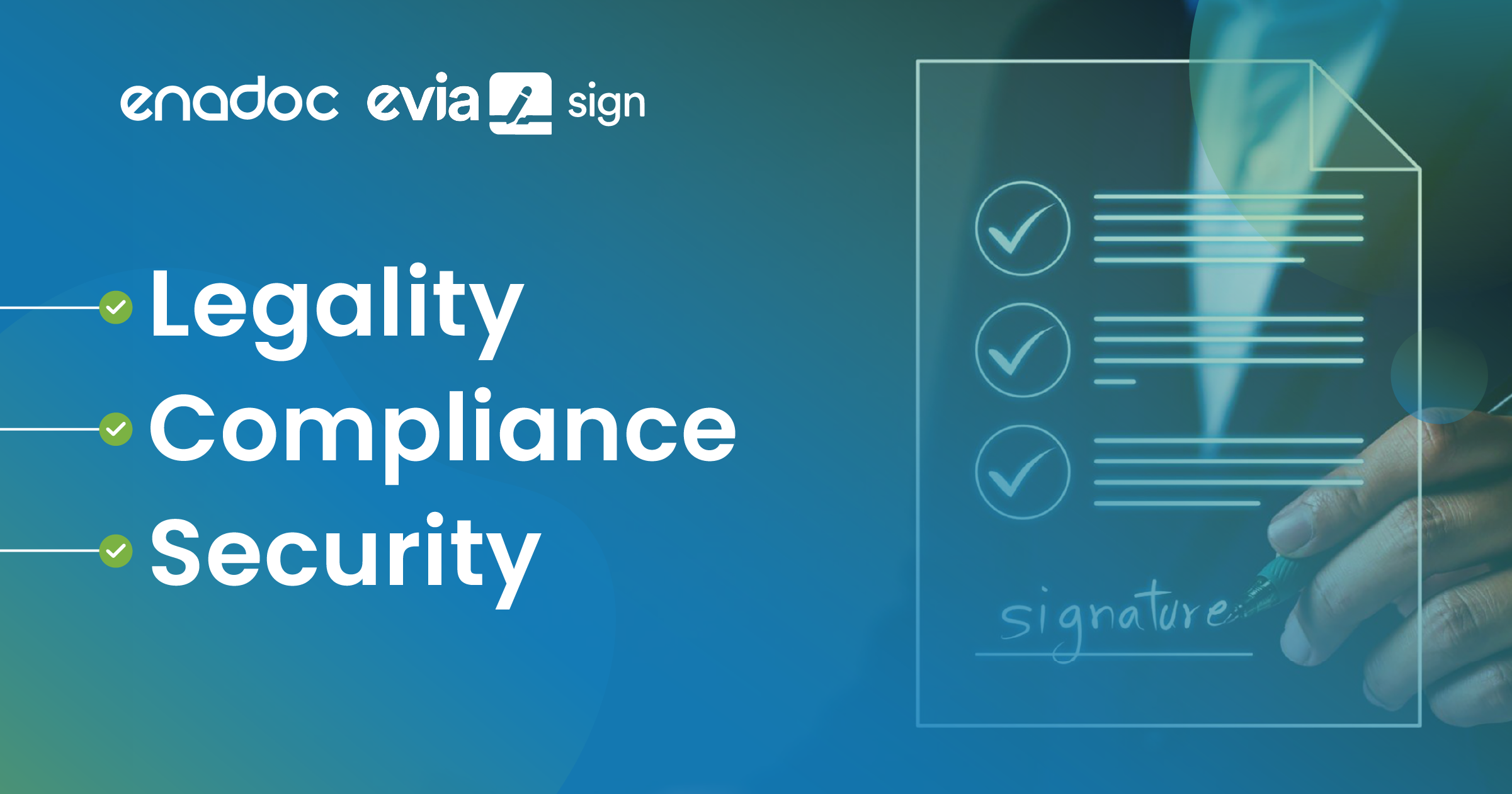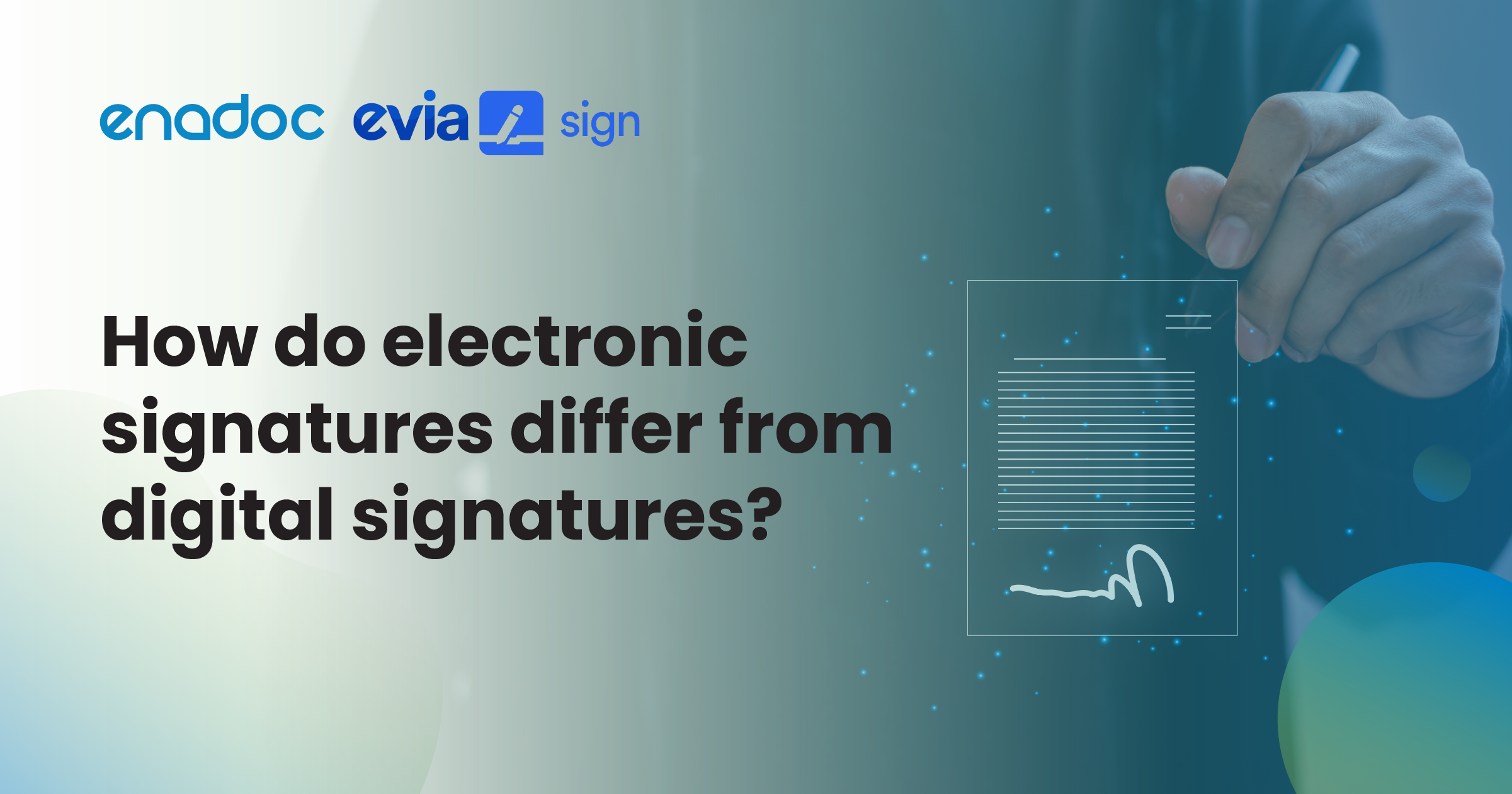
by Wasantha Weerakoone
Process automation has been existing for many decades but in the recent past with different developments in that area, it has become a mainstream discussion. With the continuous struggle of organizations to achieve higher efficiencies they are looking at this technology more aggressively. here at Enadoc we present you the digital future of the process.
Process automation in day-to-day business has two major streams:
- Business Process automation
- Robotic Process automation
One always wonders how to differentiate and understand these. The easiest way to recognize them is when there is a process that involves humans making some decisions or acting on them, then you can use workflow or a business process automation tool. But if your process does not involve any humans, and communicating between two other processes, it can be a robotic automated process.
There are a few other features as well in recognizing these differences, one would be RPA tools do not have a user interface for user interactions. However, when I explain further the different branches of these technologies you will notice there are some visual components to automated processes.
Business Process Automation solutions are again breaking into two major branches:
- Adhoc process automation
- Streamlined process automation
The best example of Ad hoc process automation is your email and its flexibility of forwarding acting on the trail of mail to make a business process happen. But the challenge with mail is it’s not being designed for that purpose, so reporting, and validating becomes a challenge. So you will find customers asking for Ad hoc automated processes more than you think.
Especially when processes cannot be well defined or when there is a challenge of defining due to the variable nature customers will ask you for an Ad hoc automated process solution.
But if the business processes are well defined and are known then, serial and state machine workflows can be implemented to achieve a very high level of efficiency with abilities to forecast and predict the service level of such services.
How about RPA or a robotic automated process? Yes, they do split into two major branches as well:
- RPA machine to machine without the user interface
- RPA, Screen grabbing, or Action automation
First, no one is defining these groups as standards and this paper is for you to understand the differences and approaches, as well as to understand the different tools required.
The Machine to Machine RPA or process-to-process RPA solutions are connecting different systems using middleware, but there are subtle differences between, systems bus architecture or orchestrations platforms to RPA tools RPA can include AI and can be simple or as complex, it is based on the customer need.
The other RPA tools do have a visual element when they operate, those tools will screen grab some information from a legacy system to enter that into a different system, which normally would have been done by a human operator.
Boring repetitive work but having a business logic. If you look at some of these Bots in operation you may think that the computer is infected with a virus, as it will work on its own opening files, login into systems, entering data, etc.
So now having understood the four Major areas in automation.
Do you know what tools we have to offer solutions in these areas? Well let’s discuss what tools we do have with us to offer our customers:
- Flowdoh
- Sharepoint
- Teams
All these tools can be used for an automated process at different depths and different costs. Before we go too much further, what is the branch of automation we cannot provide today?
Yes, we don’t do screen grabbing and similar automated processes, and we do not have a tool for that. if you have heard about UIpath, Blueprint or selenium can be used to deliver these kinds of projects. But strategically we have not entered this area.
- Business Process Automation – Flowdoh and SharePoint
- Ad hoc Process automation – Email, Teams, Flowdoh, SharePoint with lots of development
- RPA machine to machine – Flowdoh, Microsoft Flow, IFTTT, Zapier
So when selecting a tool to provide a solution, please understand the customer requirement in detail to see which tool to be used for the automation.
Need guidance in implementing process automation? We’re here to help. Let’s talk.










